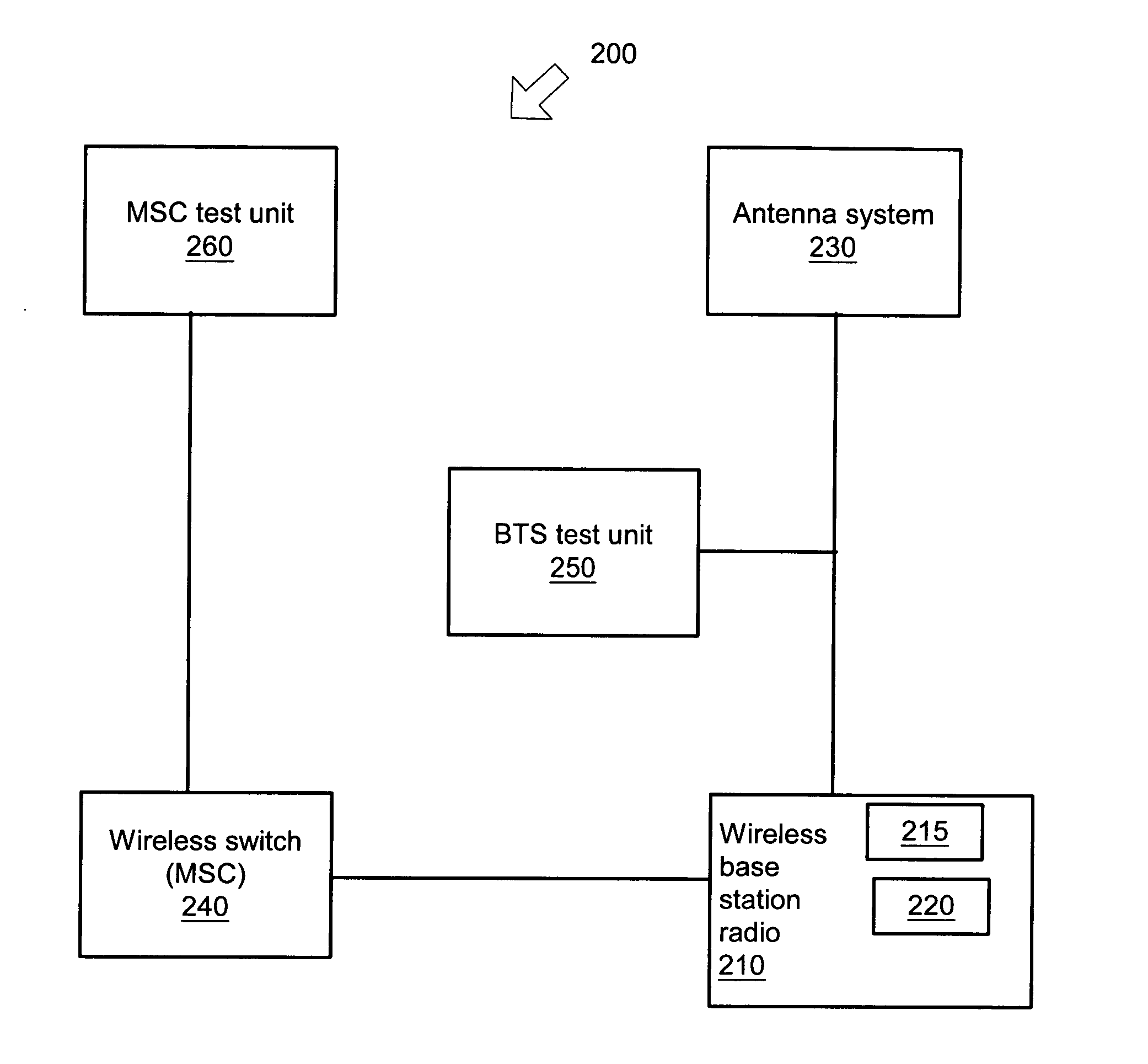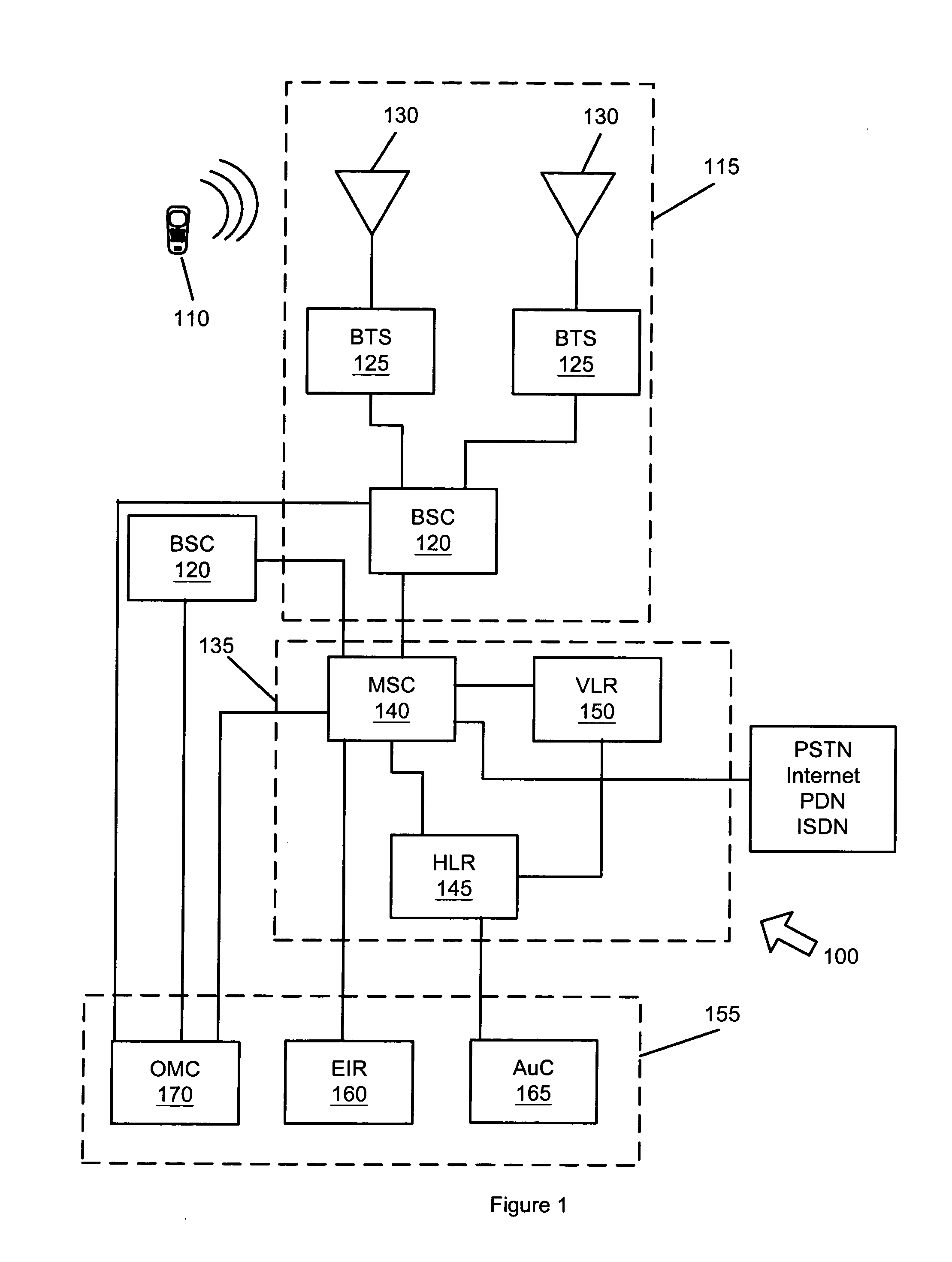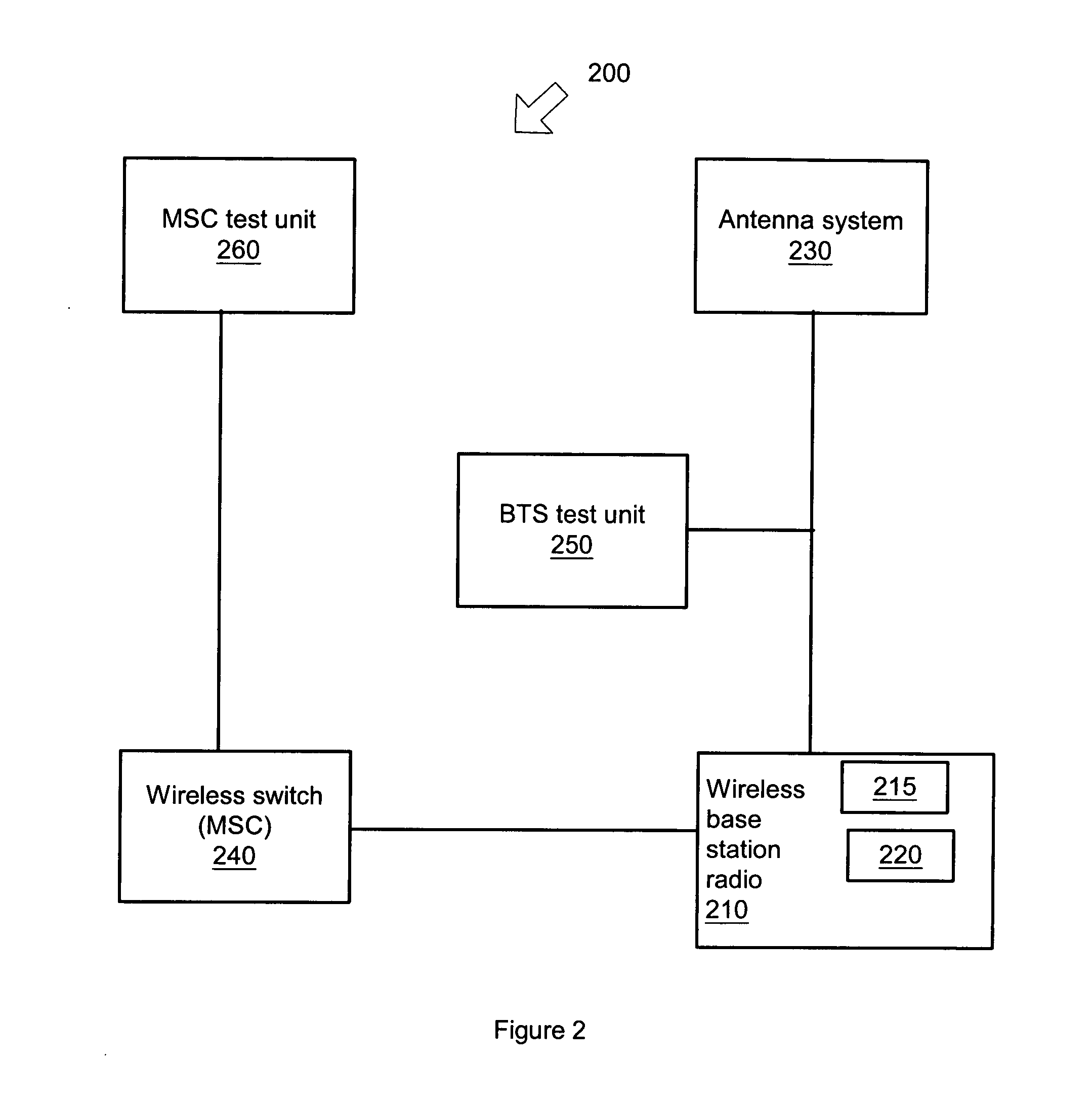Receiver test system
a technology for testing systems and receivers, applied in the field of measuring the performance of communication system hardware, can solve the problems of insufficient evaluation of receiver diagnostics by vendors, difficult to test the performance of receivers in the field, and the only way to achieve true receiver sensitivity testing of analog receivers
- Summary
- Abstract
- Description
- Claims
- Application Information
AI Technical Summary
Benefits of technology
Problems solved by technology
Method used
Image
Examples
Embodiment Construction
[0032] The invention will now be described with respect to various embodiments. The following description provides specific details for a thorough understanding of, and enabling description for, these embodiments of the invention. However, one skilled in the art will understand that the invention may be practiced without these details.
[0033] In other instances, well known structures and functions have not been shown or described in detail to avoid unnecessarily obscuring the description of the embodiments of the invention.
[0034] An embodiment of the invention is shown in a radio base station receiver testing system 200 of FIG. 2. A cellular radio base transceiver station 210 having a transmitter 215 and receiver 220 is coupled to an antenna system 230, a wireless switch (MSC) 240 and a base station transceiver test unit (BTU) 250. MSC 240 is coupled to MSC Test Unit (MTU) 260. In the embodiment shown in FIG. 2, receiver 220 is the receiver-under-test.
[0035] Some elements typical ...
PUM
 Login to View More
Login to View More Abstract
Description
Claims
Application Information
 Login to View More
Login to View More - R&D
- Intellectual Property
- Life Sciences
- Materials
- Tech Scout
- Unparalleled Data Quality
- Higher Quality Content
- 60% Fewer Hallucinations
Browse by: Latest US Patents, China's latest patents, Technical Efficacy Thesaurus, Application Domain, Technology Topic, Popular Technical Reports.
© 2025 PatSnap. All rights reserved.Legal|Privacy policy|Modern Slavery Act Transparency Statement|Sitemap|About US| Contact US: help@patsnap.com



